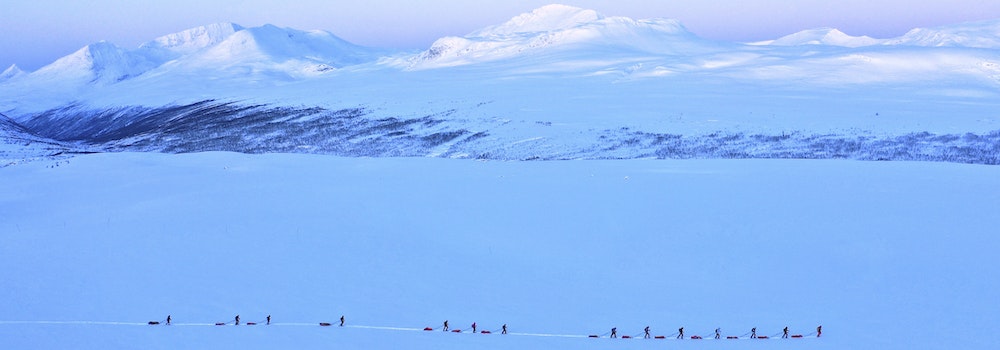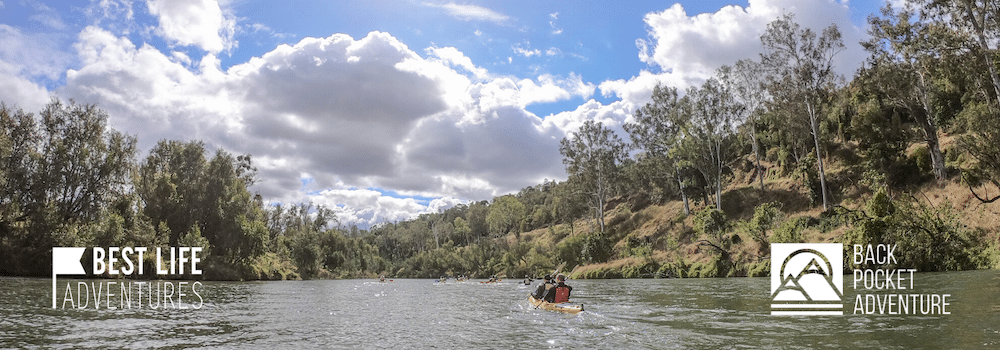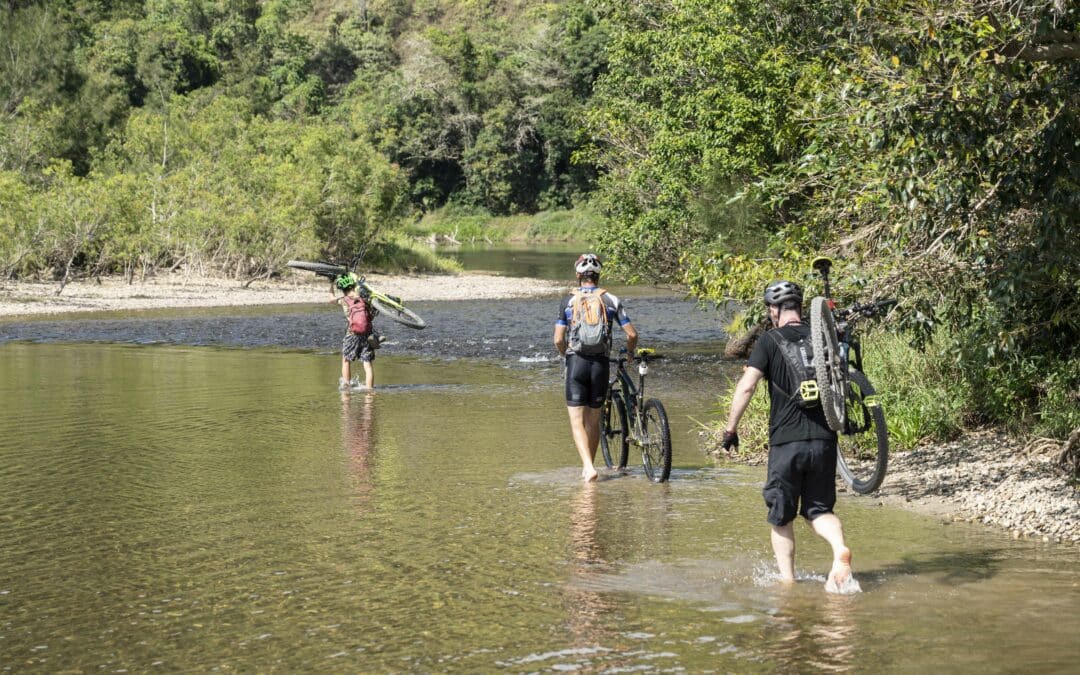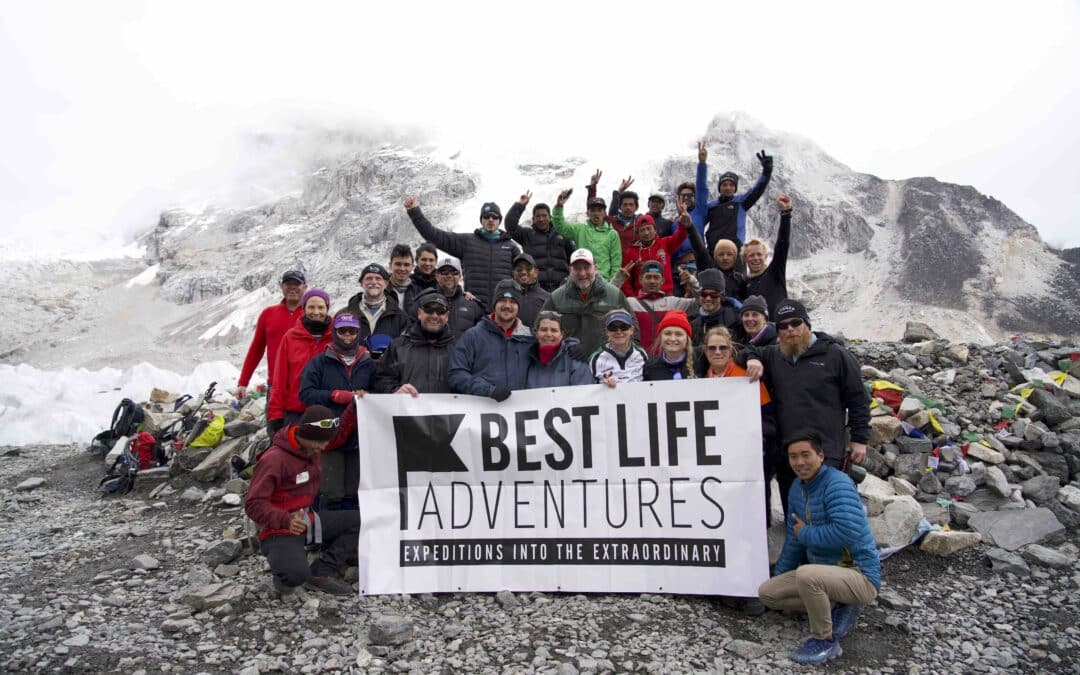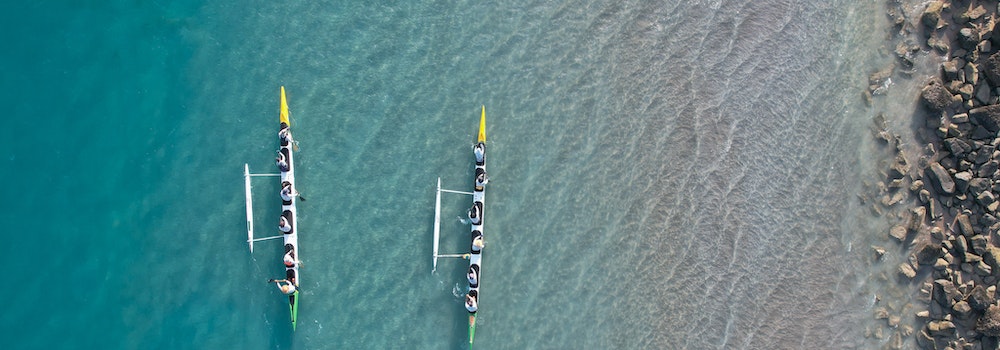Anna Harrison is a true entrepreneur, innovative thinker and a tough little nugget. She is the face behind the frozen hair photo you may have seen on our Instagram feed when she joined us on the Extreme Dreams Tri-Nation Arctic Challenge in 2020, and for Venturer Mongolia in 2019. We love hearing how Anna has incorporated lessons from the wild into her daily life as well as the boardroom. Here is her story.
1. Have you always been adventurous?
Hell yes. I’m always looking for boundaries to push and putting myself in unfamiliar situations, it builds resilience and courage. Being smaller than your average human being, it gives me confidence when I’m travelling, trying something new or pushing off into doing something with others that are more familiar with that activity. After a while though, you stop thinking of yourself as “adventurous” and just think of it as regular. Looking back on life though, I have had a few crazy adventures – being thrown off a train in a remote border crossing in Czechoslovakia; motorbiking in the wilds of Taiwan; bribing train conductors for safe passage in Poland and taking rides from strangers when lost in the backwoods of Italy (no Ubers there); travelling through Sri Lanka with kids and skiing mountains way too vertical for an adopted-Australian to be anywhere near. And then the ultimate: husky-marathoning in the Arctic circle with an elite team of hounds and a crazy (in the best way) guide. In short, to me, life is an adventure.

Lunch break on Day 1 of the Arctic Tri-Nation Challenge
2. What are some of the highlights from your Best Life Adventures?
Too many for this small space! The vast open and raw spaces of Mongolia where the people are happy, well educated and deeply connected to their land and their animals; the beautifully cold landscapes within the Arctic Circle and the thundering silence you can hear as far as you can see; the colours – every new place has its own palette of colours. Above all though, the highlights for me are the chance to experience something really unique that takes me outside of the bubbles that I would normally have access to. And this gives me a chance to understand the world a little more – each time you leave your bubble and experience the gift of seeing the world through someone else’s eyes, you grow a little. You gain more of an understanding about what connects us all as people. You get a chance to find that special magical thing that binds you to someone who was a complete stranger just a moment ago. Both the Mongolia and Arctic expeditions with Best Life Adventures had these moments for me.
3. What is your greatest lesson from the wilderness that has assisted you in the boardroom?
I have learnt a lesson and an effect. The lesson is lasting, but the effect wears off after a while and needs repeated exposure to be reactivated.
The lesson: there is nothing in a boardroom that can’t be solved. There is always a solution, and most of the time the solution lies in understanding the human drivers. Understanding humans becomes easier with travel. A general side effect of having travelled a lot (and lived/worked in Europe, the Republic of South Africa, the United States of America, Taiwan and Australia) is that you become comfortable in being the “outsider”. That comfort comes in really handy, as you tend not to need validation and approval, which leaves you more resilient to strong forces and resistant to manipulation.
The effect: the effect of travel, which wears off after being back in “normal” life, is that wilderness gives me a change of pace. It gives me space and permission to be unavailable. It clears my to-do list. In wild places, no one wants anything from me – this gives me clarity of thought. And so far, without exception, clarity of thought gives rise to cracking ideas – the lifeline of what I do professionally.
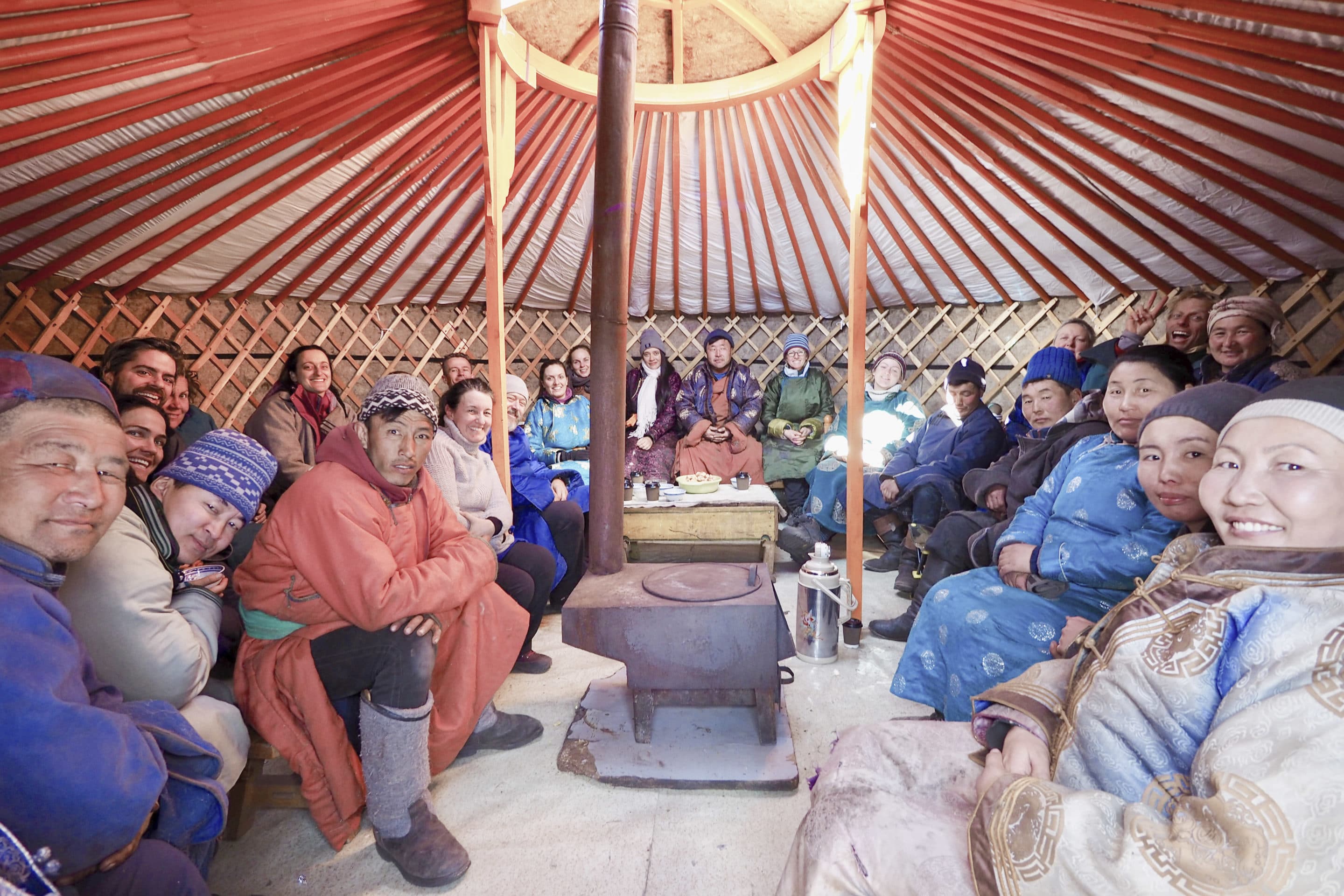
Sharing songs, Yak vodka and good times in a ger with nomadic Mongolian herders on Venturer Mongolia in 2019
4. Have you formed any new habits that help you find clarity in your daily life?
Each adventure or trip away adds a new dimension to “life as we know it”. Seeing how other people live, and how they think, and what drives them has a profound effect on daily life. As an example, we had a chance to speak with a group of Mongolians in their homes known as ‘gers’. It was fascinating to see them baffled by questions such as “what stresses you out”. They could not process that – to them, the weather is either good or bad. You prepare for the weather, you can’t control it. There is no concept of “stress”. In Sri Lanka, we asked our driver about what his “favourite” food was. Again, he could not process that – to him, his favourite food was whatever was available. In some parts, it was pineapple, in others, it was buffalo curd.
In terms of transferable habits to takeaway into everyday life, that stem from travel, my days are pretty similar:
– Get up at around 5:00 am and do an hour of exercise. This clears my head and helps me to have a great day, regardless of what challenges come up.
– Eat a breakfast of greens, avocado and eggs. Over time, I have swapped two coffees and a croissant for a more substantial breakfast – it was a hard transition to make – a habit that I had to give away as a result of travel (Oh how I miss you France).
– Move at least a few things forward each day. Some days more things move forward than others, but if at least one thing moves forward, then cumulatively, over a year, you can accomplish a lot.
– In the afternoon I hang out with kids, do a short walk, eat a good dinner, have a glass of wine. Go to bed around 8:30 pm.
I repeat a similar daily routine when I travel – get up, eat well, move a little or a lot, do something that fills up your mind and soul each day. Be interested.

Anna at a global tech networking event in Mongolia
5. What is your advice to anyone who thinks they can’t afford the time away from their business to “digitally disconnect”?
Take the time to digitally disconnect. Realise that whether you like to admit it or not, life will go on without you. Thinking we can’t take time out is an illusion of the ego, it’s not real. The illness of “being busy” is entirely a Western industrialised nations concept. The Americans perfect it, but Australians are a pretty close understudy. Hearing that someone “does not have time” always makes me think of that adage that “those who don’t have time for healthy eating will sooner or later have to find time for illness”. I think that people run their lives and businesses on a strategy of diminishing returns. In the kind of work that I do (that many modern businesses do) – ideas are currency.
Success is directly proportional to the quality of ideas that are generated. (incidentally, I recently wrote about the ROI from ideas). Ideas cannot grow in conditions of stress. Ideas need clarity and an unencumbered mind. Clarity comes from taking time off, from changing the routine, from seeing something new and learning from new perspectives. Repeating the same old day every day, not pushing your mind to new limits, can’t generate clarity of thought. Andy Polaine gave a great talk at Webdirection’s – it was a talk about how running a design team ought to respect the seasons, like nature. In nature, winter is there for a reason – it is a time to recharge, to slow down. It’s a time to make time for a new season of growth and ideas. Most businesses don’t allow for winter, they don’t make a deliberate choice to disconnect and pause. They don’t respect and value their people enough to give them permission to disconnect. Most modern businesses go out of business, suffer from staff retention issues, and low employee engagement. I don’t believe that taking time for winter and success is a coincidence.
6. What benefits do you find from pushing yourself in the adventure space that are transferable to the business world?
I am deliberate in who I work with, and I guess lucky that I have been able to design my life to have a choice. I choose to work only with people who are great collaborators. To me, one of the biggest markers of who will be a great collaborator is congruence between the person in the boardroom and the person in the wild. Uncomfortable situations unmask people. There is no Instagram filter or delete button when you are in the wild. You can’t curate yourself, you just are. In that regard, if you meet someone on an adventure, and they are the kind of person that pushes themselves – even when no one is watching, and when there is no reward – you can be pretty sure that that is the kind of person that you will want to work with. The kind of person that will have your back, and who will be a great collaborator. So to answer the question, I push myself in an adventure space, because I push myself in business because I push myself when I run at 5:00 am even though there is no trophy. The benefits are that all of that cumulatively lets you be the best possible version of yourself.
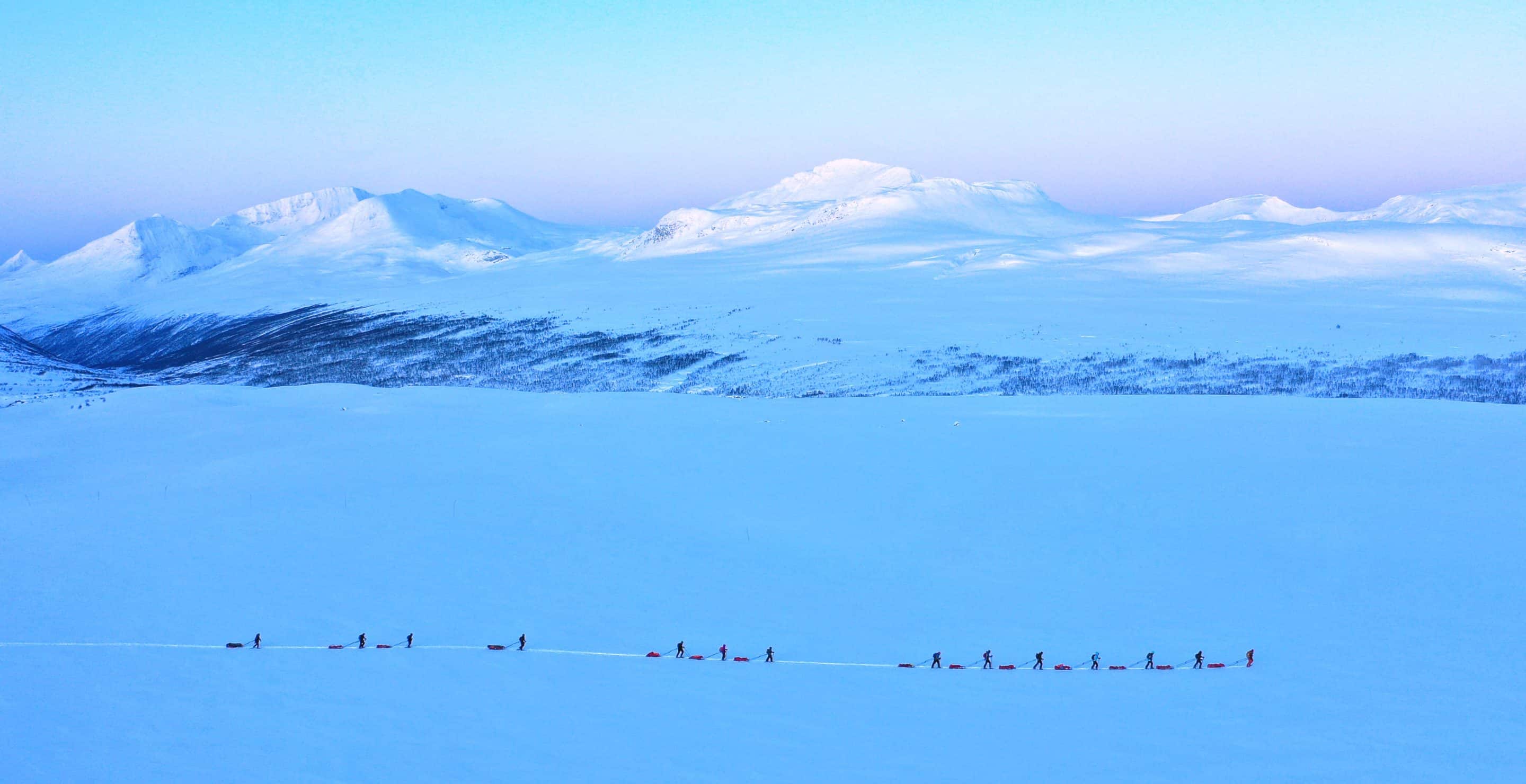
Hauling sleds between Norway and Sweden on Day 2 of the 2020 Arctic Tri-Nation Challenge
7. What makes you aim so high?
Because I can. Because I want to experience life to the maximum, I want to leave nothing on the table when time is up. Because I want to be the best me I can in this life. I have always been drawn to Mother Teresa’s poem, Anyway, which finishes along the lines of “In the end, it is between you (and God). It was never between you and them anyway”.
“You only get one life. If you don’t stop and look around once in a while, you will miss it” from the film Ferris Bueller’s Day Off – which I am ashamed to admit I have allowed my kids to watch on multiple occasions when they were “sick” and not at school.
8. What do you do when shit happens and goes wrong?
Count to 3. Then refer to point 3 above.
9. What’s your next big adventure?
Explore Australia: we’re off to Tasmania a couple of time in the next 12 months, once to Bruny Island and then to explore Freycinet National Park. After then, I am waiting for Ben to turn the concept of paddling between India and Sri Lanka into reality.
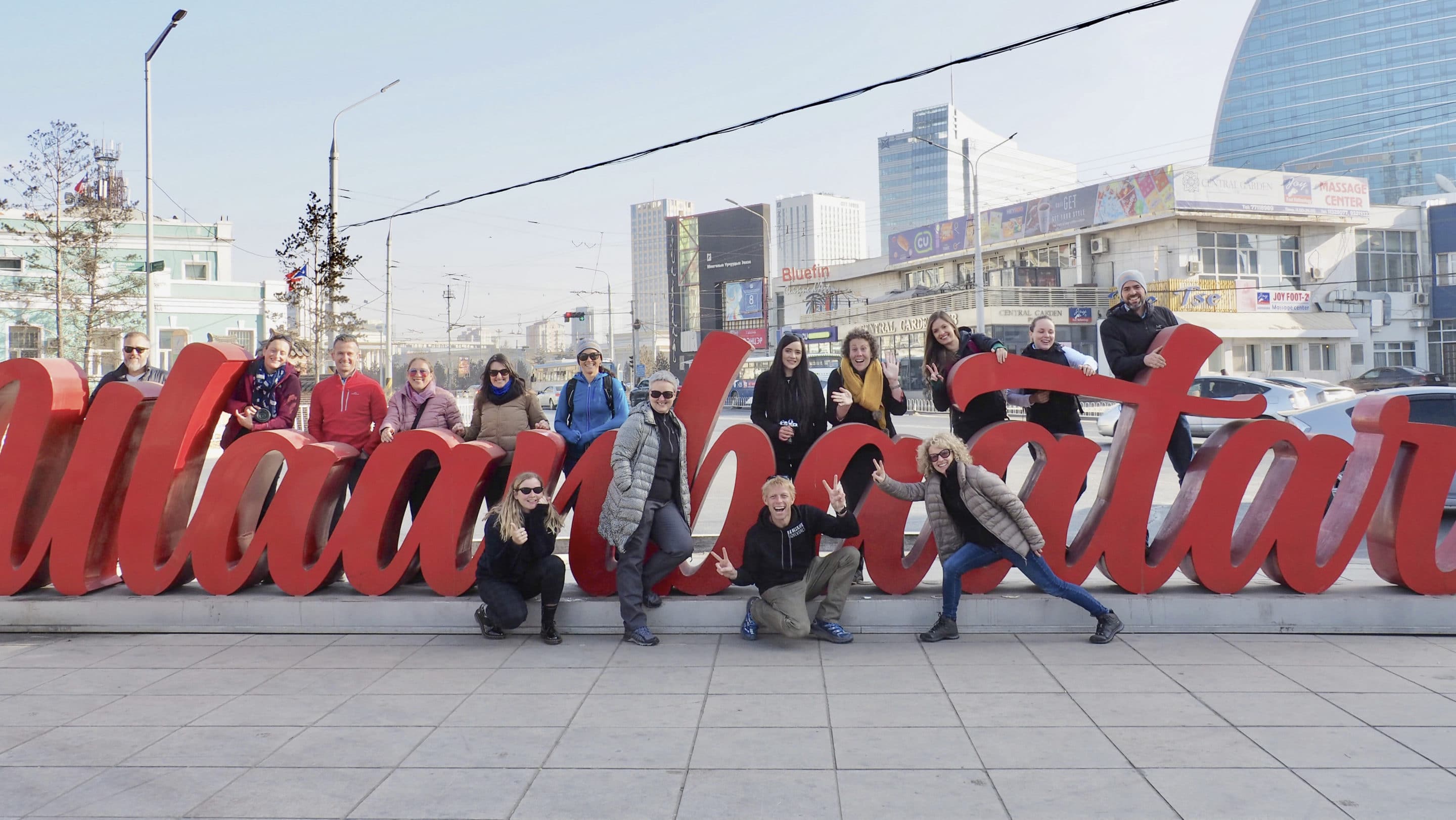
Arriving in another new city – Ulaanbaatar, capital of Mongolia

